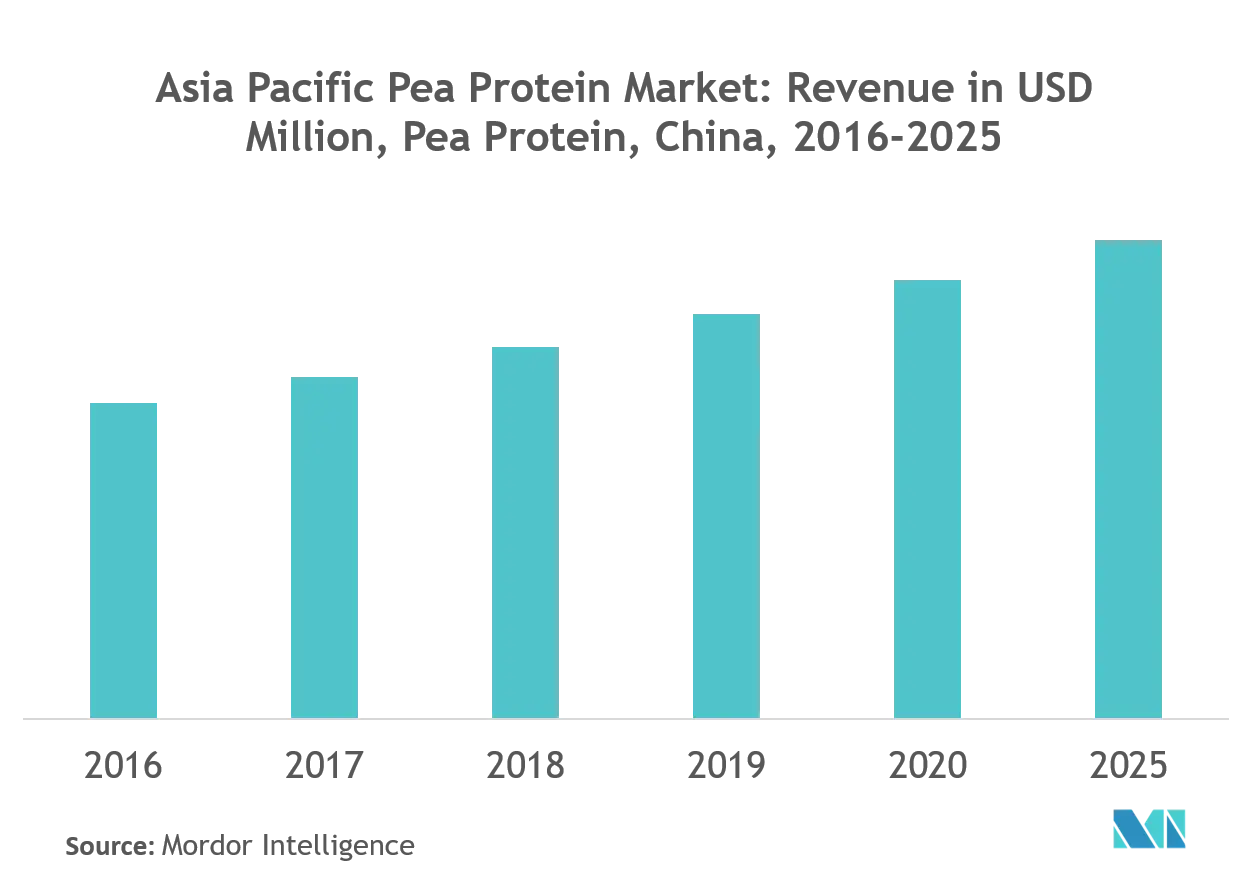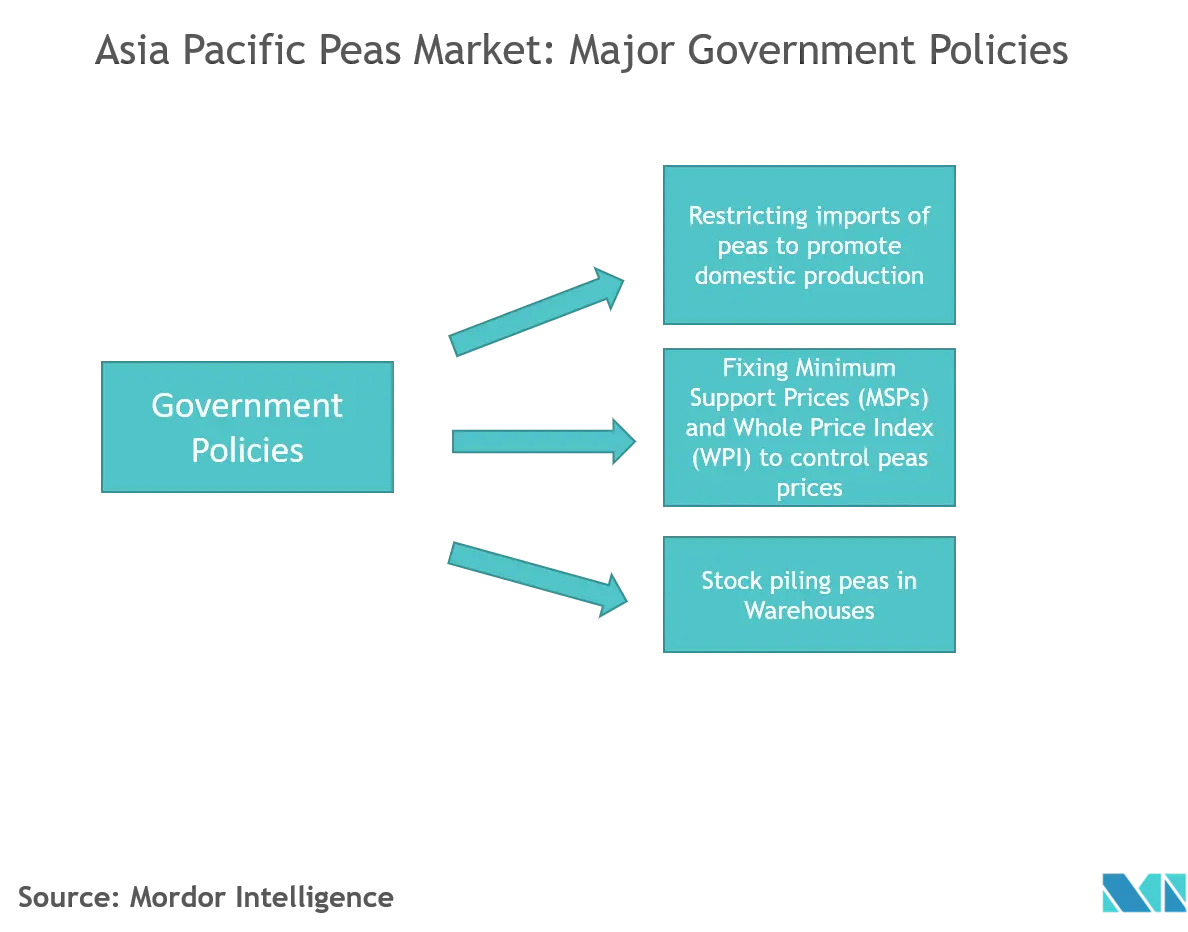Market Trends of Asia-Pacific Peas Industry
This section covers the major market trends shaping the APAC Peas Market according to our research experts:
Growing Demand for Plant Protein (Pea Protein) Ingredients
The demand for dry pea protein ingredients is shooting up in Asian countries such as India and China. The demand for plant protein is booming, primarily due to the rising incomes in the emerging markets of Asia-Pacific. The increasingly fitness-conscious population and a gradual shift to vegan protein diets from consuming meat products are the factors driving the demand for peas in the market. Owing to their high nutritional qualities and increased western influence, pea proteins have gained popularity even in developing countries. The soaring demand for pea protein ingredients would provide several opportunities to the producers. The emergence of pea protein as a value-added product from a traditionally direct-consumption market is expected to considerably enhance the growth prospects of pea processors and food manufacturers. This, in turn, has driven the market growth for peas during the forecast period.

Favorable Government Policies are Supporting the Market Growth
China and India are two of the major producers and consumers of peas in the country. In spite of high domestic production, these countries depend on imports to meets their domestic demand. In order to lessen the imports and increase domestic production, countries such as India have brought many policies favoring the growth of peas in the region. The Indian government put a 50% import duty on the import of peas and restrict the import of green peas to support domestically grown peas such as chickpea and pigeon pea. The government is also providing Minimum Support Prices (MSPs) to support farmers when prices of peas tend to fluctuate in the market. Further, the government has extended the buffer stocks of peas under its Central Warehousing Cooperation (CWC) to support its market growth.

